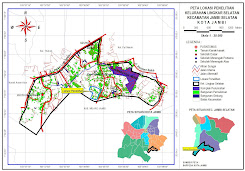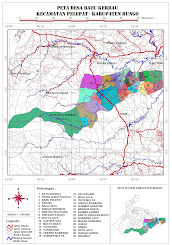Jakarta (ANTARA) - Peta gempa Indonesia terbaru telah selesai disusun oleh tim yang beranggotakan sembilan pakar gempa yang diketuai Profesor Masyhur Irsyam, kemudian akan dipaparkan di Istana Presiden, Jakarta, Jumat (16/7) siang.
"Peta akan dipresentasikan di hadapan petinggi kementerian dan lembaga pemerintah, sipil, dan militer, yang terkait dengan penanganan kebencanaan," kata Asisten Staf Khusus Presiden Bidang Bantuan Sosial dan Bencana (SKP BSB) Erick Ridzky, Kamis.
Peta gempa yang diberi nama "Probabilistic Seismic Hazard Analysis (PSHA) Map" itu telah resmi berlaku sejak ditandatangani Menteri Pekerjaan Umum Djoko Kirmanto pada 1 Juli lalu.
Dijelaskan, penyusunan peta gempa tersebut dilandaskan pada catatan tentang peristiwa gempa di berbagai wilayah yang disebabkan oleh sumber-sumber gempa tertentu.
Peta tersebut, kata Erick, juga memuat informasi detail mengenai sesar aktif yang bersemayam di bawah bumi berbagai wilayah Indonesia.
"Tim Sembilan telah memetakan sesar di Sumatera dengan baik. Khusus mengenai sesar di Jawa, tim juga memberikan informasi yang cukup mengenai sesar Cimandi, Lembang, Opak, serta sesar Lasem dan Pati," kata Erick.
Meski demikian, lanjut dia, Tim Sembilan beranggapan masih ada kekurangan dalam peta itu, antara lain masih sedikitnya sesar aktif yang bisa diidentifikasi laju gesernya secara geologis dan geodetis, periode ulang gempa, dan maksimum magnitudenya.
Selain itu, kemungkinan adanya sesar aktif yang berlokasi dekat dengan Jakarta atau Surabaya juga belum bisa diidentifikasi dengan baik.
Namun, dibandingkan dengan peta gempa terakhir yang disusun tahun 2002, peta gempa terbaru itu jauh lebih kaya informasi, dan bisa dijadikan acuan awal untuk meminimalkan kemungkinan gempa.
"Kita sepakat untuk terus melakukan pemetaan sistematis terhadap sumber-sumber gempa dan memperbarui peta gempa secara berkala, seperti negara-negara rawan gempa, termasuk Jepang, melakukannya hampir setiap tahun," kata Erick.
Sumber : http://id.news.yahoo.com/antr/20100715/tpl-peta-gempa-indonesia-terbaru-selesai-cc08abe.html

















